The Rally: The joys and fears of returning to recreational tennis
Jun 15, 2020WTA Stuttgart, Germany
Elena Rybakina outlasts in-form Jasmine Paolini to reach Stuttgart semifinals
By Apr 19, 2024Social
Maria Sharapova, Venus Williams among stars who honor science achievement at Breakthrough Prize Ceremony
By Apr 19, 2024Social
Andy Murray returns to practice court after confirming he won't have surgery for ankle injury
By Apr 19, 2024Betting Central
Game, Set, Bet, presented by BetMGM: Iga Swiatek or the field at Roland Garros?
By Apr 19, 2024Betting Central
Game, Set, Bet, presented by BetMGM: Four men's long shots to consider at Roland Garros
By Apr 19, 2024Style Points
Emma Raducanu carries BJK Cup momentum—and Team GB's lucky bracelet—into Stuttgart quarterfinals
By Apr 18, 2024ATP Bucharest, Romania
Joao Fonseca adjusts to heavier conditions in Bucharest for second ATP quarterfinal of 2024
By Apr 18, 2024ATP Barcelona, Spain
Casper Ruud beats Jordan Thompson for tour-leading 26th win, reaches Barcelona quarterfinals
By Apr 18, 2024WTA Stuttgart, Germany
Iga Swiatek slides through clay-court opener, defeats Elise Mertens in Stuttgart
By Apr 18, 2024The Rally: The joys and fears of returning to recreational tennis
The signs of how we live now—masks, sanitizer, no handshakes at the net and much less socializing in the clubhouse—are inescapable, even at our tennis courts. So is the feeling of constant uncertainty that coronavirus brings with it.
Published Jun 15, 2020
Advertising
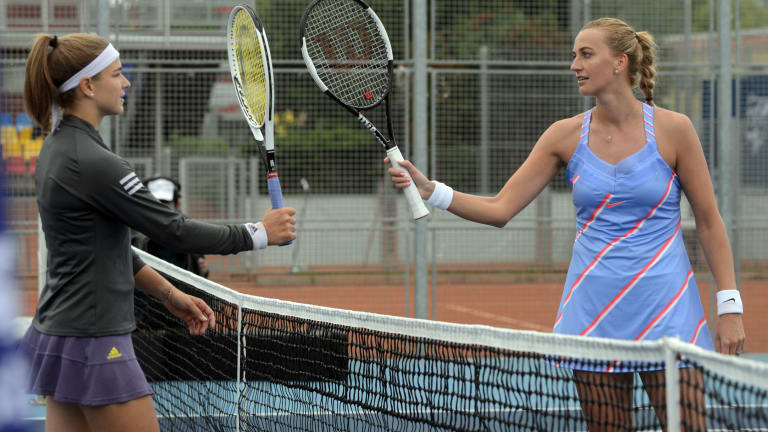
The Rally: The joys and fears of returning to recreational tennis
© AFP via Getty Images
Advertising
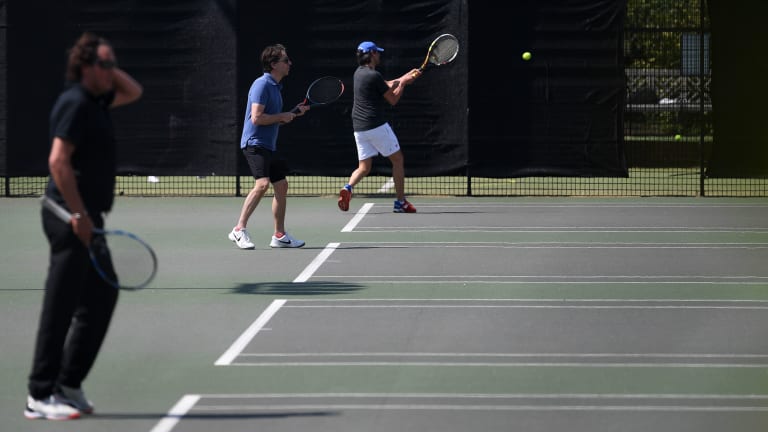
The Rally: The joys and fears of returning to recreational tennis
© AFP via Getty Images
Advertising
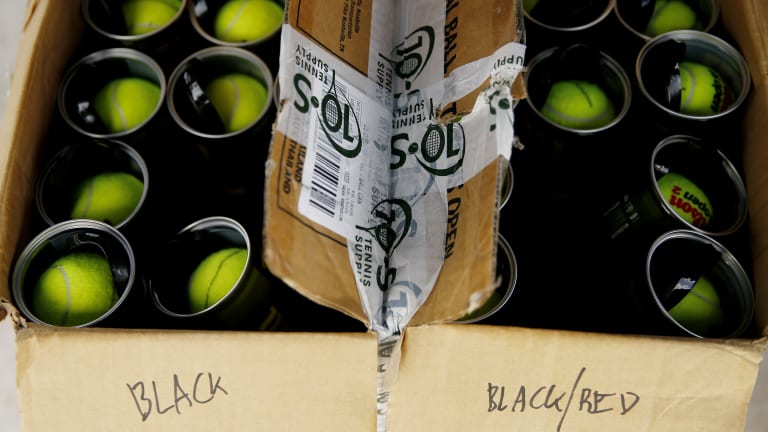
The Rally: The joys and fears of returning to recreational tennis
© Getty Images
Advertising
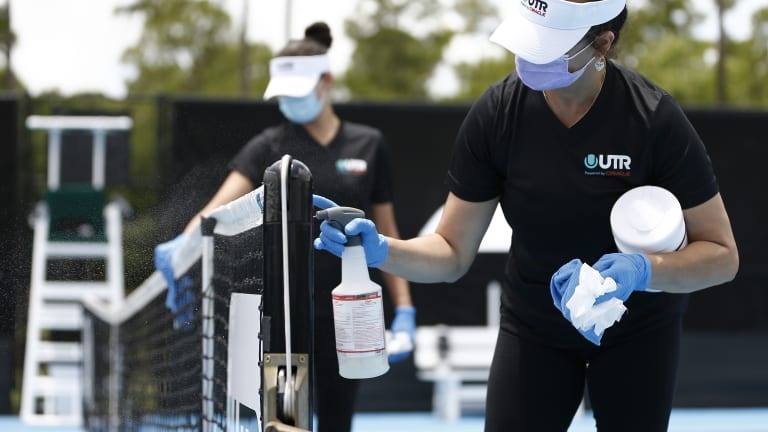
The Rally: The joys and fears of returning to recreational tennis
© Getty Images
Advertising
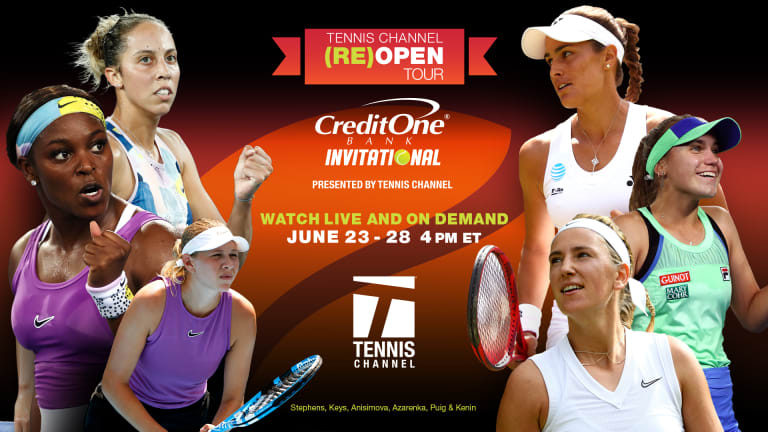
The Rally: The joys and fears of returning to recreational tennis